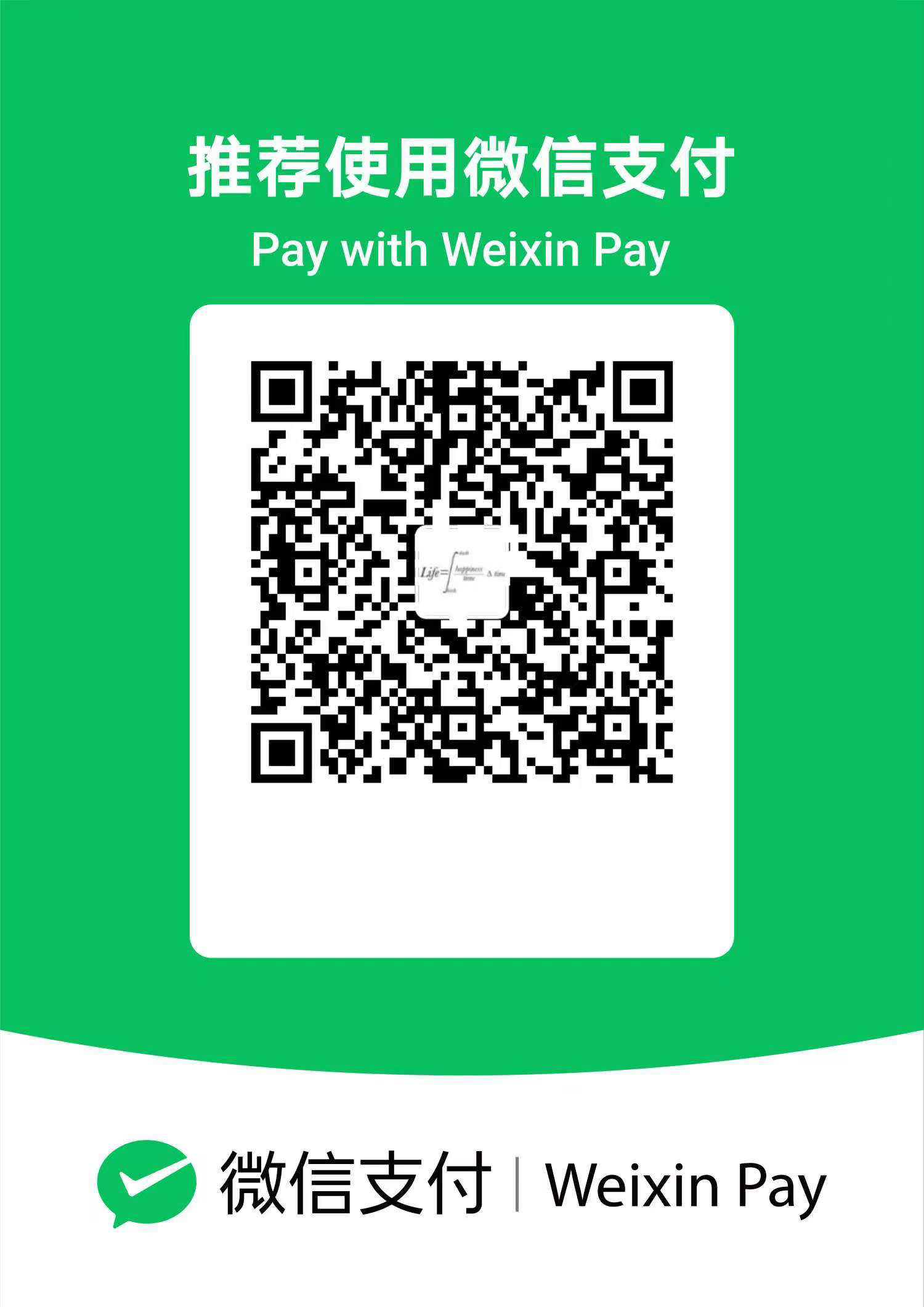背景
还是由于apitable,apitable使用socket-io进行连接,连接协议是websocket
apitable本地启动的话,websocket连接正常,但是一旦将server部署到测试环境,那么websocket就会连接失败。
基于如上的问题背景,那么我就想试试使用netty-client,测试一下连接是否正常。
之前了解到的用法都是不带path的,比如ws://127.0.0.1:8080这样直接连,但是项目里的连接地址是带path的
类似如下这样ws://127.0.0.1:8080/path
经过搜索之后并没有找到使用Netty client如何进行连接。
那么写这篇文章记录下,如何使用Netty client建立带path的连接
用法
直接上代码
public class ApiTable {
static final String URL = System.getProperty("url", "ws://10.10.134.124:31000/notification/");
public static void main(String[] args) throws Exception {
URI uri = new URI(URL);
String scheme = uri.getScheme() == null ? "ws" : uri.getScheme();
final String host = uri.getHost() == null ? "127.0.0.1" : uri.getHost();
final int port;
if (uri.getPort() == -1) {
if ("ws".equalsIgnoreCase(scheme)) {
port = 80;
} else if ("wss".equalsIgnoreCase(scheme)) {
port = 443;
} else {
port = -1;
}
} else {
port = uri.getPort();
}
if (!"ws".equalsIgnoreCase(scheme) && !"wss".equalsIgnoreCase(scheme)) {
System.err.println("Only WS(S) is supported.");
return;
}
final boolean ssl = "wss".equalsIgnoreCase(scheme);
final SslContext sslCtx;
if (ssl) {
sslCtx = SslContextBuilder.forClient()
.trustManager(InsecureTrustManagerFactory.INSTANCE).build();
} else {
sslCtx = null;
}
EventLoopGroup group = new NioEventLoopGroup();
try {
// Connect with V13 (RFC 6455 aka HyBi-17). You can change it to V08 or V00.
// If you change it to V00, ping is not supported and remember to change
// HttpResponseDecoder to WebSocketHttpResponseDecoder in the pipeline.
final WebSocketClientHandler handler =
new WebSocketClientHandler(
WebSocketClientHandshakerFactory
.newHandshaker(uri,
WebSocketVersion.V13, null, true
, new DefaultHttpHeaders()));
Bootstrap b = new Bootstrap();
b.group(group)
.channel(NioSocketChannel.class)
.handler(new ChannelInitializer<SocketChannel>() {
@Override
protected void initChannel(SocketChannel ch) {
ChannelPipeline p = ch.pipeline();
if (sslCtx != null) {
p.addLast(sslCtx.newHandler(ch.alloc(), host, port));
}
p.addLast(handler);
}
});
Channel ch = b.connect(uri.getHost(), port).sync().channel();
handler.handshakeFuture().sync();
boolean active = ch.isActive();
boolean open = ch.isOpen();
System.out.println("active: " + active + ", open: " + open);
BufferedReader console = new BufferedReader(new InputStreamReader(System.in));
while (true) {
String msg = console.readLine();
if (msg == null) {
break;
} else if ("bye".equals(msg.toLowerCase())) {
ch.writeAndFlush(new CloseWebSocketFrame());
ch.closeFuture().sync();
break;
} else if ("ping".equals(msg.toLowerCase())) {
WebSocketFrame frame = new PingWebSocketFrame(Unpooled.wrappedBuffer(new byte[]{8, 1, 8, 1}));
ch.writeAndFlush(frame);
} else {
WebSocketFrame frame = new TextWebSocketFrame(msg);
ch.writeAndFlush(frame);
}
}
} finally {
group.shutdownGracefully();
}
}
}
handler
public class WebSocketClientHandler extends SimpleChannelInboundHandler<Object> {
private final WebSocketClientHandshaker handshaker;
private ChannelPromise handshakeFuture;
public WebSocketClientHandler(WebSocketClientHandshaker handshaker) {
this.handshaker = handshaker;
}
public ChannelFuture handshakeFuture() {
return handshakeFuture;
}
@Override
public void handlerAdded(ChannelHandlerContext ctx) {
handshakeFuture = ctx.newPromise();
}
@Override
public void channelActive(ChannelHandlerContext ctx) {
handshaker.handshake(ctx.channel());
System.out.println("ctx connect: " + ctx.channel().isActive());
}
@Override
public void channelInactive(ChannelHandlerContext ctx) {
System.out.println("WebSocket Client disconnected!");
}
@Override
public void channelRead0(ChannelHandlerContext ctx, Object msg) throws Exception {
Channel ch = ctx.channel();
if (!handshaker.isHandshakeComplete()) {
try {
handshaker.finishHandshake(ch, (FullHttpResponse) msg);
System.out.println("WebSocket Client connected!");
handshakeFuture.setSuccess();
} catch (WebSocketHandshakeException e) {
System.out.println("WebSocket Client failed to connect");
handshakeFuture.setFailure(e);
}
return;
}
if (msg instanceof FullHttpResponse) {
FullHttpResponse response = (FullHttpResponse) msg;
throw new IllegalStateException(
"Unexpected FullHttpResponse (getStatus=" + response.status() +
", content=" + response.content().toString(CharsetUtil.UTF_8) + ')');
}
WebSocketFrame frame = (WebSocketFrame) msg;
if (frame instanceof TextWebSocketFrame) {
TextWebSocketFrame textFrame = (TextWebSocketFrame) frame;
System.out.println("WebSocket Client received message: " + textFrame.text());
} else if (frame instanceof PongWebSocketFrame) {
System.out.println("WebSocket Client received pong");
} else if (frame instanceof CloseWebSocketFrame) {
System.out.println("WebSocket Client received closing");
ch.close();
}
}
@Override
public void exceptionCaught(ChannelHandlerContext ctx, Throwable cause) {
cause.printStackTrace();
if (!handshakeFuture.isDone()) {
handshakeFuture.setFailure(cause);
}
ctx.close();
}
}
那么以上2个类就能时候使用netty client建立websocket连接的目标。其他搜索到的用法都无法实现带path的websocket连接
以上最终的解决方案其实是在netty的github代码示例里找的,还得是英文和官方代码示例靠谱

